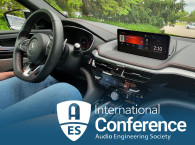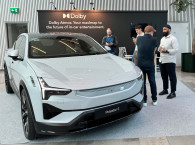Perhaps too successful, as the event was sold out before it opened. Targeted for about 200 participants, and as this limit was exceeded by more than 40 people, the brakes had to be applied. The global participation was impressive, from Apple, to Sennheiser, Bose, Shure, Fraunhofer, Harman, Dolby, along with most of the test instrumentation companies such as Listen, GRAS Sound & Vibration, Brüel & Kjær, and HEAD acoustics, as well as many specialized component, materials, and technology suppliers.
While the AES is free of politics, it seems nothing is immune these days. Huawei's booth was empty, choosing not to exhibit and keep a low profile in the US, even though some of the company's technical team attended the sessions.

After all, content for this international conference was simply of the highest level, with some of the most prestigious researchers and experts in binaural hearing and personal audio technology offering keynotes, papers, lectures, and workshops. And while the previous conference in Aalborg offered excellent content in terms of the latest technology trends and cutting-edge approaches to headphone design, this time the content seemed to be not only more diverse in the application field, but there were also many more practical sessions for anyone working in development and specifically on headphone-related areas, from binaural content production, to voice control and microphones.
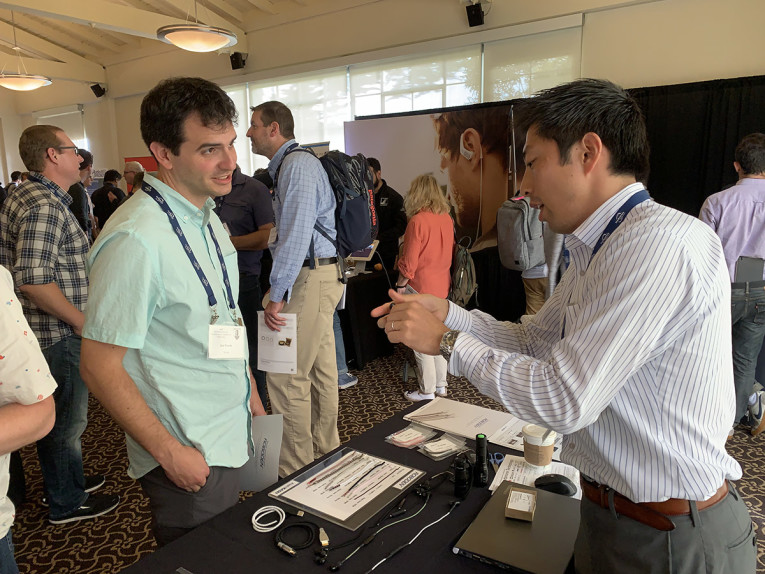
Practical demonstrations, accessible Tuesday and Wednesday, included a presentation of new MEMS speaker technology from Fraunhofer, a presentation of the Hooke Verse wireless earphones with binaural recording (soon to be reviewed in audioXpress), new surround, 3D audio, HRTF, personalization, and head-tracking solutions for headphones from MediainVision, Sennheiser, Magic Leap, and several universities. Fraunhofer alone, was all over MEMS speaker development with four presentations including electrostatic and piezo technologies.
And talking about MEMS, Vesper was demonstrating its new VM3000 digital MEMS piezo mic. More robust than conventional capacitive MEMS mics, the VM3000 offers high signal-to-noise ratio, water and dust resistance, and an extremely dynamic range, along with the stable characteristics needed for mic arrays. Also featured was Vesper's new VM1010 wake-on-sound MEMS mic - essentially using energy harvesting of the sound to turn on the mic and associated circuitry, enabling applications such as battery operation of smart speakers and voice assistants.
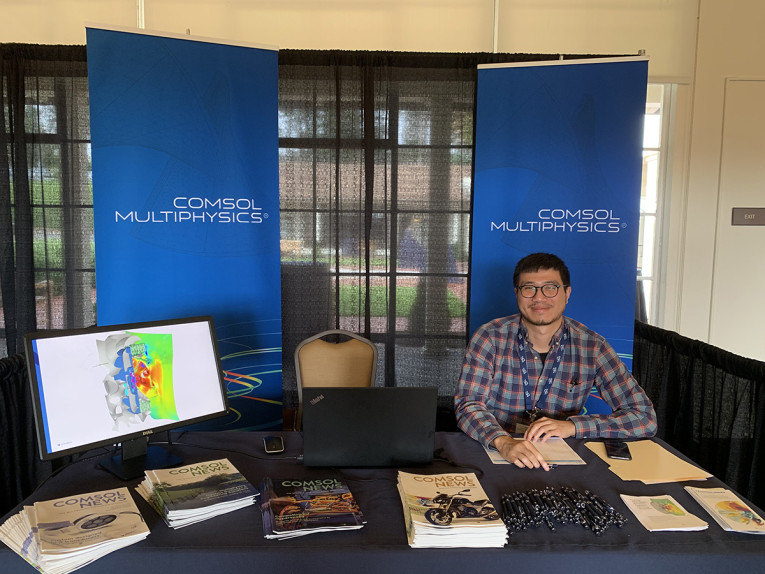
And of course, there were lots of headphone test and measurement demonstrations. Listen's founder and president, Steve Temme, presented a poster session on "The Challenges of Testing Smart Headphones" in which he discussed various test methodologies for measuring smart headphones and hearables, covering such topics as active noise cancellation, assisted listening, communications, augmented reality, background noise measurements and more. Demonstrations included measuring AirPods and comparing the response to Harman target curves (including predicted preference), and measurement of smartphone-controlled hearables including adjustable ANC, equalization and hearing assistance.
On display at the Listen booth was a complete setup for testing smart headphones and hearables, featuring Listen's flagship SoundCheck software, along with an AudioConnect audio interface, SoundConnect 2 microphone power supply, and a Kemar head-and-torso simulator.

Walter Cano from Harman told us that the show was a great experience for experiential, localization and customization in the audio area. At the conference, the company - now owned by Samsung - showcased some products that have sound zone designs such as the JBL Soundgear (the favorite among attendees,) as well as showcasing Harman's flagship AKG N700 headphone, which targets the Harman frequency response curve and allows customization. The AKG headphone is Harman's benchmark headset in regard to audio quality, technology and form factor, featuring advance features such as ambient aware and talk thru. Tru-note helps customize the experience with an auto calibrating headset, which matches the user's auricular anatomy. Harman also showcased the JBL Live 650BTNC headphones, which follow the Harman curve closely with a JBL profile, and showcased JBL's true wireless earbuds, featuring the same ambient aware and talk thru technology.
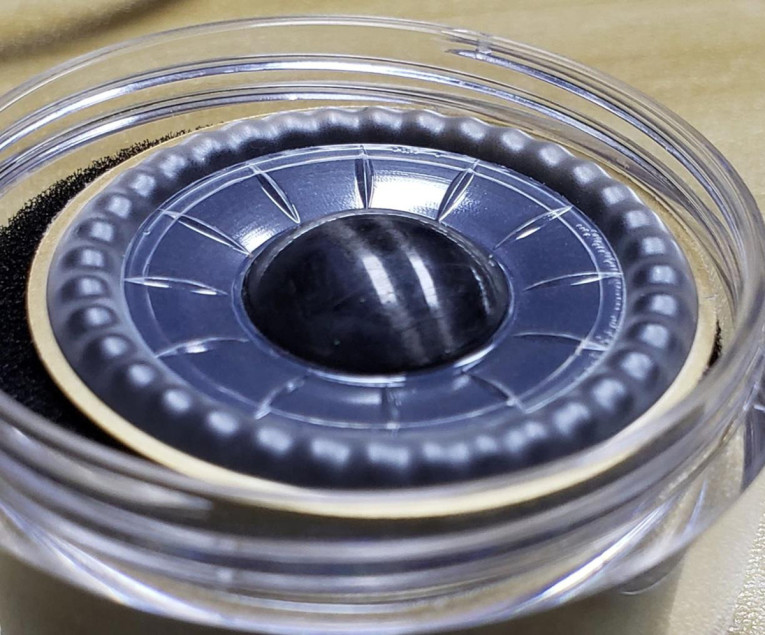
Introducing Flat Baffled 3D Mic Arrays at the headphone conference, German company Harpex was somewhat of an outsider in that its latest offerings relate to the recording of 3D audio. Svein Berge commented that in a (headphone) conference intensely focused on the last inch problem of audio content delivery, and Harpex being best known for its ambisonic signal processing software, the conference was valuable to introduce the company as hardware designers. Harpex showed off prototype microphone arrays of a novel design - shaped like pancakes and dotted with dozens of MEMS microphones on each side - able to provide a panoramic and three dimensional view of their acoustic surroundings. This can be delivered to the next link in the signal chain in the form of a third-order ambisonic signal, or encoded directly into binaural in fifth-order resolution with a noise floor of 29 dB CCIR-468. The large number of visitors to the Harpex stand affirmed that this is a product that will find use in a wide range of applications, as soon as partnerships are in place to develop the project from the prototype stage into commercial products.
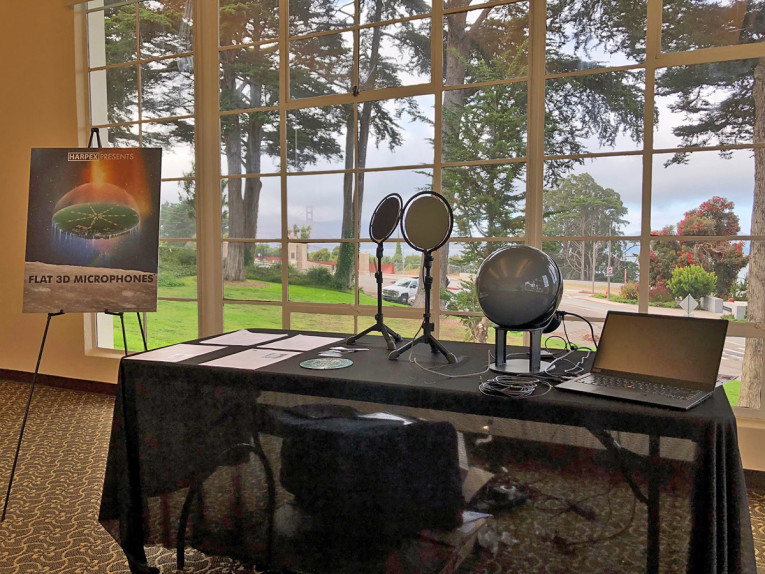
Also extremely busy, Magic Leap and Sennheiser demonstrated a powerful VR package of glasses and Sennheiser's AMBEO AR One in-earphones, the first spatial listening accessory to receive official certification by Magic Leap for augmented reality (AR) applications. The two companies also demonstrated the accompanying AMBEO Augmented Audio Lab app, which enables full control over environmental sound and is targeted for developers and creators working on spatial audio content. Both the video imaging and audio combined reality with superimposed and interactive content. Definitely worth a future article in audioXpress!
This year's off-site activities included the Dolby Labs' San Francisco, CA, headquarter tour on the first day, and the nearby Disney Museum, within the Presidio Park, at the end of the second day. Both were the icing on the cake for a very successful conference.
Kudos to the event team for their huge (volunteer) efforts. It is obvious that the headphone conference needs to become an annual event. Chris Struck of CJS Labs, and the event co-chair, looked shell-shocked when I suggested this.. .




